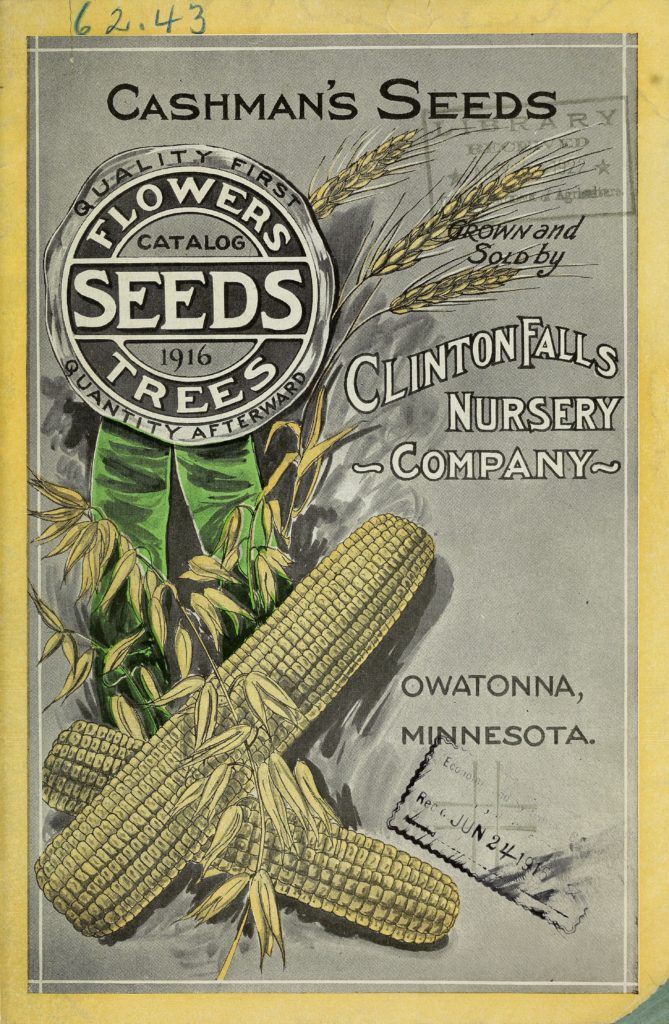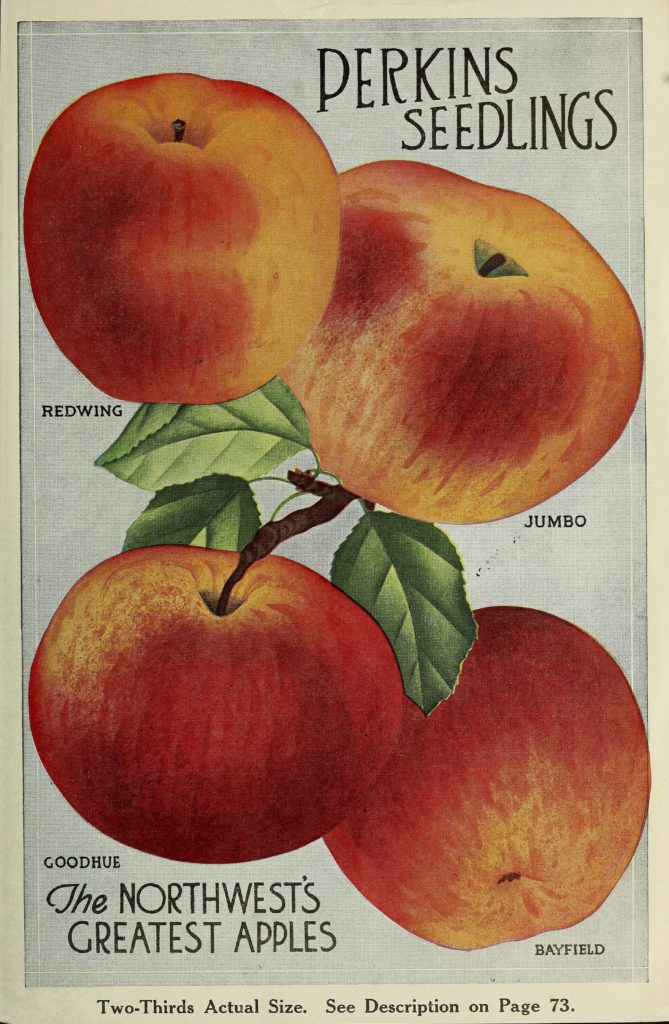Archive.org has a host of old seed catalogs (from mid-19th to mid-20th Century) available in many formats and on a host of topics. I happened across a few in my Pinterest feed and gone completely down the rabbit hole in this treasure trove of information. Sure some ideas might be out of date, but you never know what you might find when you explore these catalogs. I’ll be sharing more catalogs as I find them in the coming weeks. –Douglas
What historical garden practices do you use? Share your thoughts in the comments below!!
Download in Text, PDF, Single Page JPG, TORRENT from Archive.org
SUDAN GRASS
THE GREAT NEW HAY CROP
THIS grass is the greatest forage plant ever introduced by the United States Department of Agriculture. Sudan Grass will prove of the greatest value in the western and southern states where the rainfall is deficient. The department also reports that it will produce just as good yields in the central and northern states and will grow nearly everywhere. Sudan Grass is an annual and dies each year like millet and belongs to the sorghum family. If sown about May 1st it may be cut some time in July, just before heading out, thus giving time for a second growth to reach the stage where it can be used for pasture or cut for hay. The fact that Sudan Grass will produce two crops per year from a single seeding should make it preferable to millet. The yield varies from 2 to 8 tons of hay per acre. Sudan Grass makes its heaviest yield on a rich loam but has been grown successfully on almost every kind of soil and attains a height of from 3 to 5 feet. The ground should be firm and well drained. It is best sown broadcast or with a drill when it can be cut with a mower and treated like any other hay. After cutting it resumes its growth promptly and in about 40 to 45 days another crop is ready for cutting. Should be sown about corn planting time or after the ground becomes warm and may be drilled from one-half to one inch in depth. Sudan Grass makes a very nutritious hay and is greatly relished by cattle, horses and other stock. In feeding value the hay is second only to alfalfa and far better than millet. For seed production sow 6 pounds per acre, in rows 18 to 24 inches apart and cultivate. When broadcast sow 15 to 20 pounds per acre. We would like to have our customers try this as we believe it is worth while. Price, lb. 35c, postpaid; by express or freight, lb. 25c; 10 lbs. $2.00; 25 lbs. $4.50; 50 lbs. $8.50; 100 lbs. $16.00
More information on this catalog:
* A portion of each sale from Amazon.com directly supports our blogs
** Many of these books may be available from your local library. Check it out!
† Available from the LA Public Library




